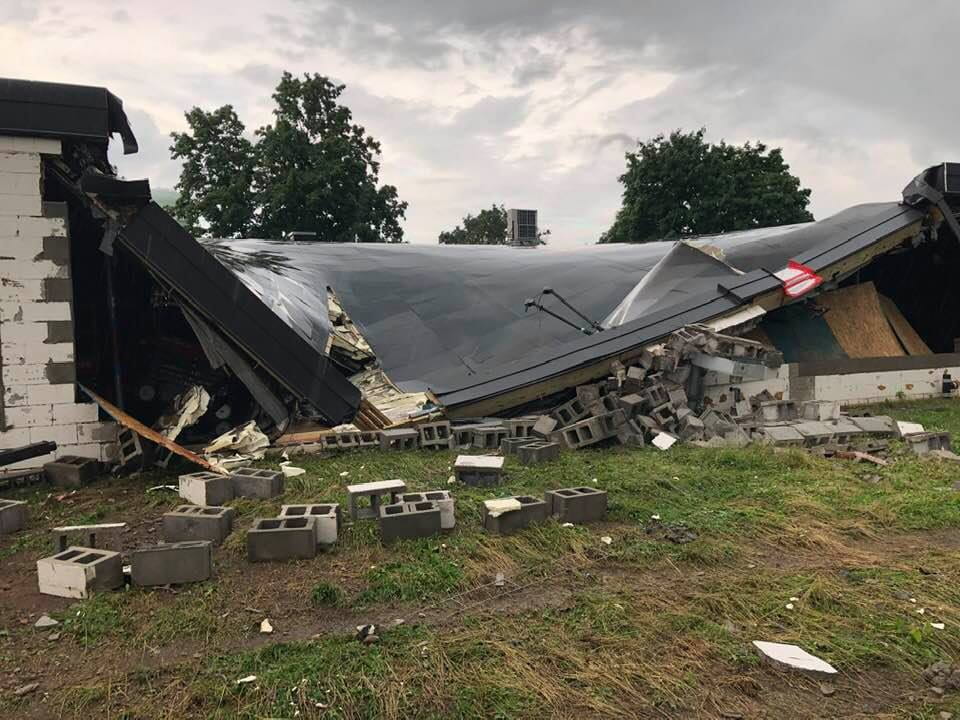I hope that your summer is going well and that your children are finding lots of time to read, play outside and enjoy time as a family with you. We have two administrative changes for the 2019-20 school year.
Mr. Kevin Munro is now the Interim Colden Elementary Principal. Mr. Munro comes to SGI as a veteran school administrator, including a long career as an elementary principal, teacher, coach and director of special education. Beloved CES Principal Marcole Feuz has chosen to resign for reasons best known to her. We wish her all of the best in her future endeavors and are grateful for her years of love and caring for our Colden and Springville students and families.
We will now begin the process of recruiting, interviewing and hiring the new Colden Elementary Principal. Mr. Munro has been working hard on class and teacher assignments, scheduling and preparation for the new school year. If you have any questions or concerns, please feel free to contact Mr. Munro, kmunro@springvillegi.org, or Ms. Gadra, jgadra@springvillegi.org, at 592-3217. Also, I’m always available to our families at 592-3230 or via email at kmoritz@springvillegi.org.
Director of Special Education Kate Werner and her family have moved to Arizona to start a new adventure! Best wishes to Kate and her family during this exciting time. We are grateful for her many years of service to SGI.
I am pleased to announce that Kathy Townsend will continue in the role of Director of Special Education beyond the interim period originally announced. As many of you know, Kathy served as the interim director for three months during the 2018-19 school year. She brings a wealth of administrative experience, a willingness to study and to learn, and an ability to ‘get the job done’ when it comes to the endless details and complexities of the Special Education realm. I’m delighted to have Kathy working with our teachers, families, and administrative team in this capacity. Please join me in welcoming her to this new role.
As always, please contact me with any questions and concerns. Enjoy these last two weeks of summer. We can’t wait to see everyone return!
